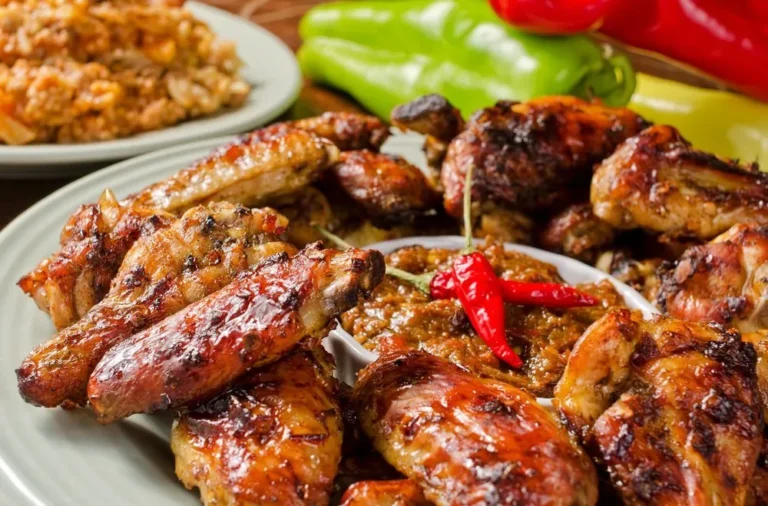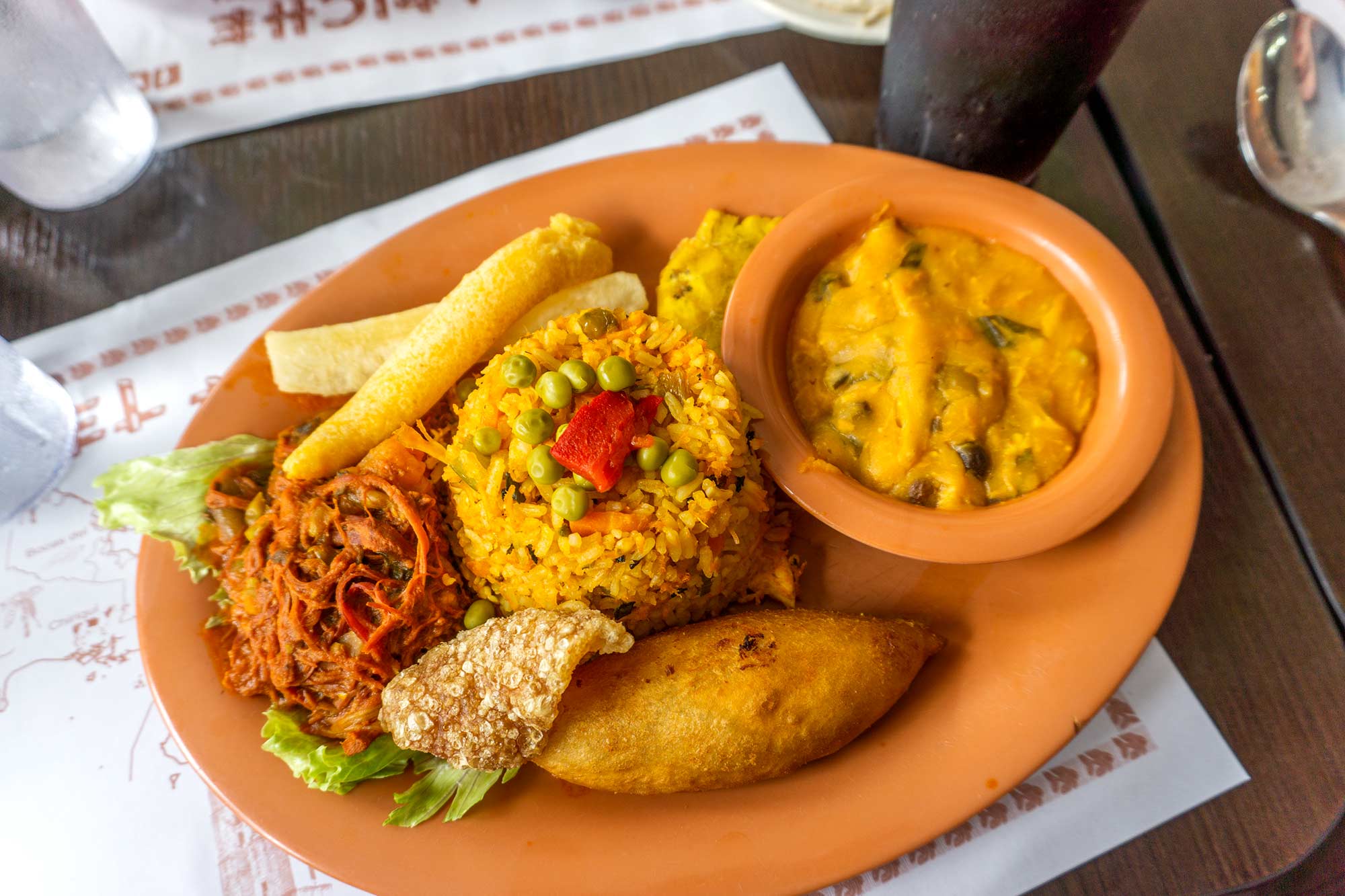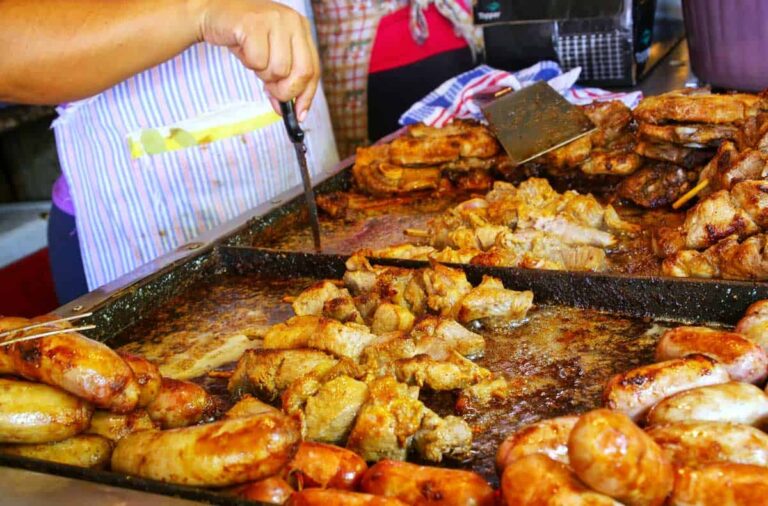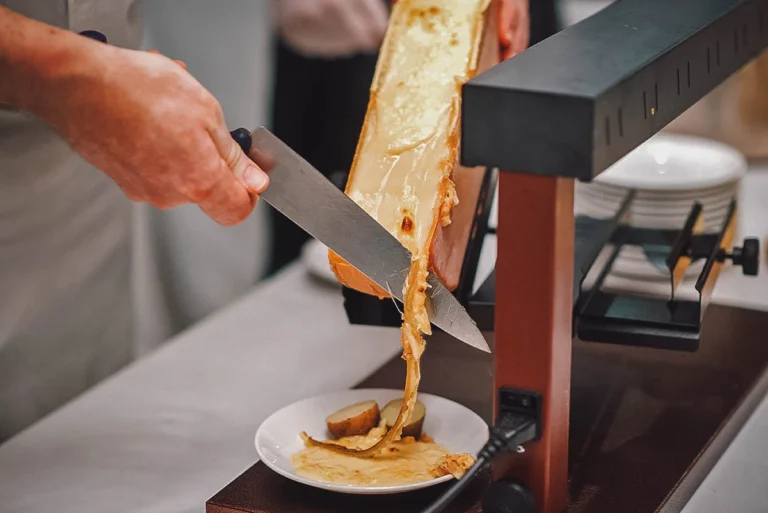Introduction: Understanding Guinean Cuisine
Guinea, located in West Africa, has a rich and diverse cuisine that reflects the country’s cultural and historical influences. This West African country is blessed with fertile land and a variety of food ingredients, including rice, cassava, plantain, yams, peanuts, and various types of meat and fish. Guinean cuisine is characterized by a fusion of traditional African dishes with Islamic and French colonial influences.
Historical Influences on Guinean Cuisine
Guinea’s cuisine has been shaped by a range of historical influences. The country was part of the Mali Empire, which was known for its trade in gold and salt, and the Songhai Empire, which was famous for its agriculture and cultural advancements. These empires brought a range of cultural and culinary influences that helped to shape Guinean cuisine, including the use of grains such as rice, millet, and sorghum, and the incorporation of spices and herbs such as ginger, garlic, and coriander.
West African and Islamic Influences
Guinean cuisine has also been influenced by the culinary traditions of West Africa and the Islamic world. The Islamic influence is particularly evident in the use of spices such as saffron, cinnamon, and cumin, which are commonly used in Guinean dishes. West African influences are also apparent in Guinean cuisine, with dishes such as jollof rice, maafe (peanut butter stew), and fufu (a starchy dough made from cassava or plantains) being popular across the region.
French Colonial Influence on Guinean Cuisine
French colonialism in Guinea also had a significant impact on the country’s cuisine. French cuisine was introduced to Guinea in the late 19th century, and its influence is still evident in many of Guinea’s dishes, such as baguette bread and tarts. French culinary techniques, including the use of sauces and wine in cooking, have also been incorporated into some Guinean dishes.
Contemporary Global Influences on Guinean Cuisine
In recent years, Guinean cuisine has been influenced by the wider global food culture. This has led to the introduction of new ingredients and cooking techniques, such as the use of soy sauce and stir-frying in some Guinean dishes. The popularity of fast food and convenience meals has also had an impact on Guinean cuisine, with some traditional dishes being adapted to meet the demands of modern lifestyles.
Conclusion: Guinean Cuisine in a Multicultural World
Guinean cuisine is a reflection of the country’s rich cultural heritage and historical influences. Its traditional dishes are a fusion of West African, Islamic, and French culinary traditions, while modern influences have resulted in the introduction of new ingredients and cooking techniques. Despite these changes, Guinean cuisine remains a source of pride for the country, and it continues to evolve and adapt to meet the demands of a multicultural world.








